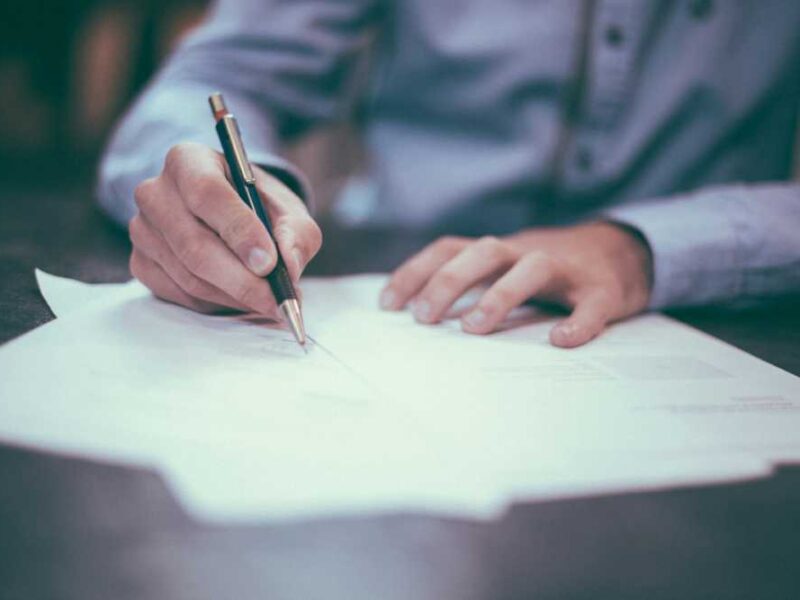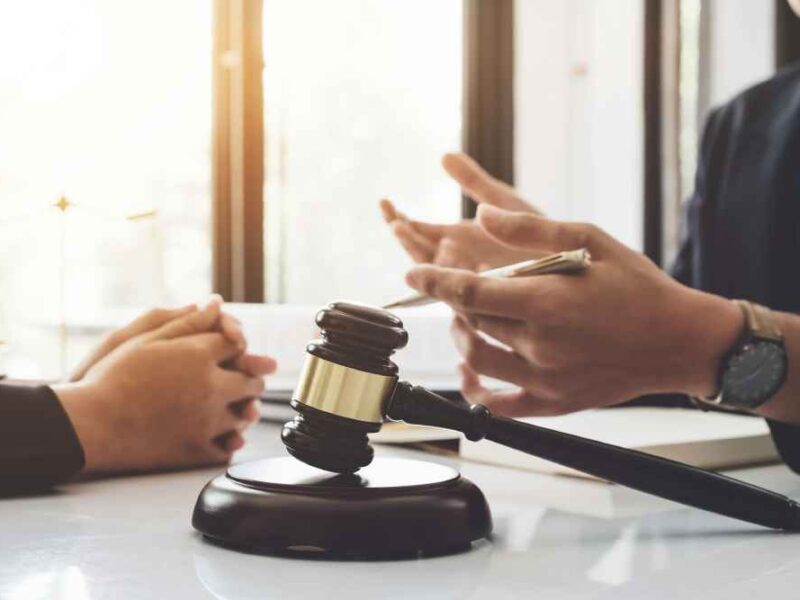The act of handling a vehicle requires utmost concentration. Any form of distraction, be it a text message, a quick snack, or a moment of daydreaming, can lead to catastrophic consequences. Unfortunately, distracted driving is a common cause of accidents, often leading to severe injuries and fatalities. If you’re a victim of such an accident, it’s crucial to prove that the other driver was distracted to receive the compensation you deserve.
This comprehensive guide will walk you through the process of proving distracted driving in an accident claim.
Contents
- 1 Understanding the Concept of Distracted Driving
- 2 Understanding the Implications of Distracted Driving
- 3 Necessity of Proving Distracted Driving
- 4 Gathering Evidence: The Initial Steps
- 5 Legal Assistance in Distracted Driving Cases
- 6 The Role of a Police Report
- 7 Importance of Eyewitness Statements
- 8 Cell Phone Records as Evidence
- 9 Surveillance Footage as Evidence
- 10 Expert Testimony in Distracted Driving Cases
- 11 Crash Reconstruction as Evidence
- 12 Role of Social Media in Proving Distracted Driving
- 13 Closing Thoughts
Understanding the Concept of Distracted Driving
Distracted driving refers to any activity that diverts a driver’s attention from the primary task of operating the vehicle. It can be categorized into three main types:
- Visual Distraction: Taking your eyes off the road.
- Manual Distraction: Taking your hands off the steering wheel.
- Cognitive Distraction: Taking your mind off driving.
Common actions that contribute to distracted driving include:
- Use of mobile devices for calling, texting or using apps.
- Eating or drinking while driving.
- Grooming or applying makeup.
- Adjusting the radio or GPS system.
- Talking to passengers or daydreaming.
Understanding the Implications of Distracted Driving
The implications of distracted driving are severe. According to the National Highway Traffic Safety Administration, an estimated 3,142 fatalities were reported in a single year due to distracted driving. Furthermore, per the Centers for Disease Control and Prevention, approximately eight people lose their lives daily in distracted driving accidents.
Necessity of Proving Distracted Driving
It’s essential to prove that the other driver was distracted to qualify for financial compensation. The evidence gathered can significantly influence the amount of compensation you receive.
Gathering Evidence: The Initial Steps
The process of proving distracted driving begins right at the accident scene. Here are some initial steps to follow:
- Contact the Police: Reporting your accident to the police is the first step. A police report documents all critical facts about the crash, which can be used as evidence later.
- Speak to Eyewitnesses: If anyone saw the driver engaging in a distracting behavior, their signed eyewitness statements can serve as evidence.
- Photographs and Videos: If possible, take pictures and videos of the accident scene. Look around for any cameras that may have captured the accident.
Legal Assistance in Distracted Driving Cases
Collecting evidence to build a compelling car accident claim can be complex. Hiring an attorney can make it easier to preserve and present evidence against a distracted driver. They can help you navigate the legal process and fight for the compensation you deserve; you can read more about it here.
The Role of a Police Report
A police report serves as an impartial record of the crash and can be an invaluable piece of evidence. Information such as the time, date, location of the accident, and details about the other driver are included in the report. If there is any evidence indicating that the other driver was distracted, the police can document and photograph this evidence.
Importance of Eyewitness Statements
Eyewitnesses who observed the driver engaged in a distracting behavior before or during the accident can provide crucial testimonies. For example, if an eyewitness noticed the driver using their phone just before the crash, their statement could be used as evidence against the driver.
Cell Phone Records as Evidence
Texting while driving is one of the most dangerous forms of driver distraction. Accessing the other driver’s cell phone records can provide key evidence that the driver was distracted at the time of the accident. These records can track device usage, including any apps that were open, calls that were made, and messages that were sent right before the accident.
Surveillance Footage as Evidence
In some cases, an accident may be captured on tape. Cameras from intersections, dashcams, or surveillance cameras at nearby businesses could provide footage of the accident. This footage can show the driver engaged in a distracting behavior before the accident or indicate that the driver did not hit the brakes before the impact – a sign of driver distraction.
Expert Testimony in Distracted Driving Cases
Qualified medical or crash experts can provide valuable insights in distracted driving cases. An expert can clarify what a safe and prudent driver should do and how the defendant fell short of this duty of care by driving while distracted. This information can help the jury understand the facts of the case and make an informed decision.
Crash Reconstruction as Evidence
Crash reconstruction uses physical evidence from the accident scene to recreate how the accident occurred. It can prove distracted driving by indicating that the at-fault driver did not swerve or hit the brakes before the impact, suggesting that their attention was elsewhere.
Role of Social Media in Proving Distracted Driving
Social media posts can implicate a driver who posted something or was streaming at the time of the crash. Data from web browsing platforms and messaging apps might demonstrate that a driver was active online just before the accident.
Closing Thoughts
Proving distracted driving is an essential aspect of securing compensation in a car accident case. It requires a strategic approach to evidence collection and presentation. Legal assistance can prove invaluable in these cases by guiding you through the process and ensuring that all necessary steps are taken to prove distracted driving.
Please remember that each distracted driving case is unique and the information presented in this guide should not be considered legal advice. Always consult with a legal professional for advice on your specific situation.



